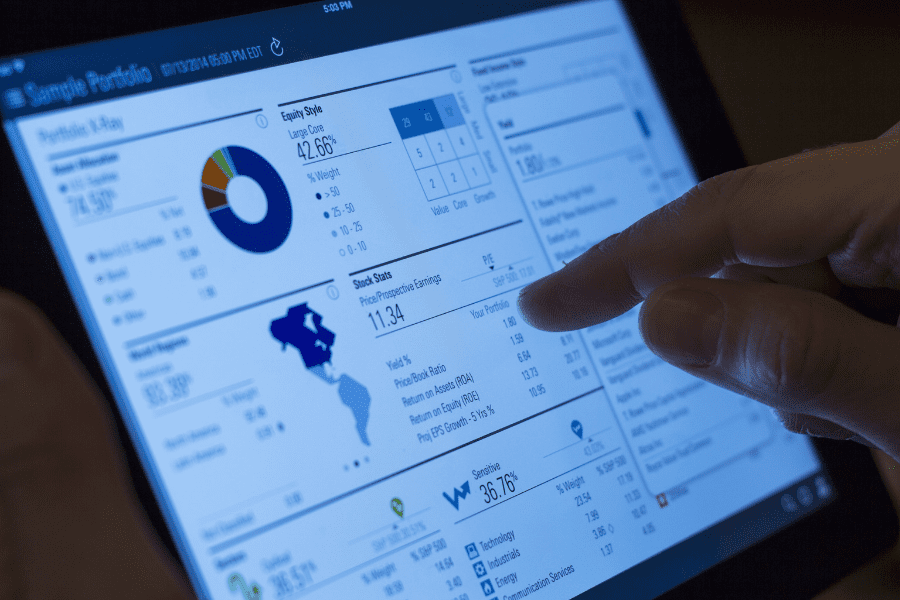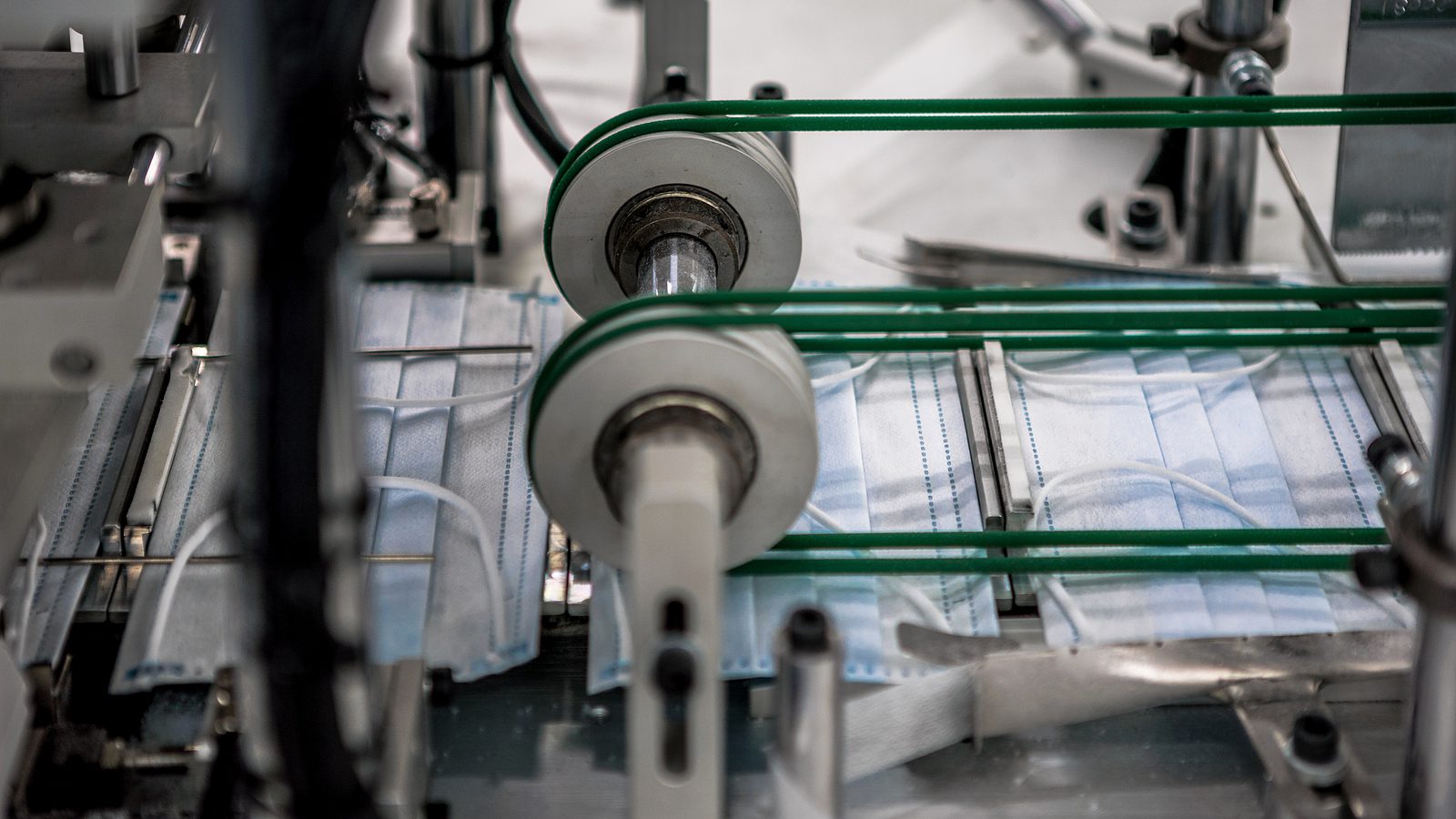By Laser 1 Technologies
Automated Machine Data Gathering Improves Efficiency
Data-driven manufacturing one of the new buzzwords—for good reason.
Think about it: Data has always driven manufacturing. Data about all kinds of things: orders placed, customer expectations, maintenance intervals, repairs, volume of activity, energy consumption, delivery dates and so much more.
Today we’re seeing this buzzword because technology is allowing the fast, seamless retrieval and evaluation of data, and interpreting that data drives many decisions in manufacturing.
More Data, and the Computing Power to Deal with It
The concept isn’t new. What’s new is the depth and breadth of the potentially available data, as well as the calculation power to make use of that information.
We’re seeing these in all walks of life. New furnaces are capable of delivering error codes, informed by the data that the onboard computer has collected. Cars have moved light years beyond the limited data they used to be able to convey to drivers. We’ve had fuel gauges, tachometers, temperature gauges and “check engine” lights for generations, but now cars are getting smarter and analyzing themselves.
Data Monitoring in Manufacturing
This plays out in the manufacturing arena in a few ways. Data monitoring can reveal impending breakdowns, production line bottlenecks, supply chain impediments and so much more.
It’s important to note that applications vary from fairly simple to highly detailed and complicated information-gathering. For example, some systems are designed to perform continuous evaluation. This can generate a much more useful and detailed set of data, but it is unsurprisingly much more costly than a system which offers periodic monitoring.
Azom, an online publication for the materials science community, penned a useful article entitled The Basics of Machine Monitoring. Here’s how they introduce the concept:
With the introduction of the Internet of Things, heavy industry has started adopting sensor-based data collection to solve its biggest challenges, principal among them being process downtime in the form of shutdowns and process delays.
Machine monitoring, also called predictive maintenance or condition monitoring, is the practice of monitoring electrical equipment through sensors in order to accumulate diagnostic data. To achieve this, data acquisition systems and data loggers are used to monitor all kinds of equipment, such as boilers, motors, and engines, among others, all to improve ROI.
According to a 2017 report from Research & Markets magazine predicting opportunities for factories, plants, and OEMs, condition monitoring—which is a steadily growing business practice—has a market amounting to almost 11 billion dollars. Industry leaders named in the report include Dell, Caterpillar, Microsoft, IBM, General Electric, Siemens, among others.
These applications also comprise of several different types of requirements besides condition monitoring:
- Preventative maintenance
- Runtime/uptime measurement
- Energy monitoring/conservation
- Performance tracking
- Quality control
- Fault isolation
Data-Driven Manufacturing Can Resolve Many Challenges
The potential for increased efficiency and continuous improvement has never been higher, in part thanks to data-driven manufacturing. As manufacturers explore this exciting new arena, they need to assess their needs with clarity in order to balance financial investment with potential return.




